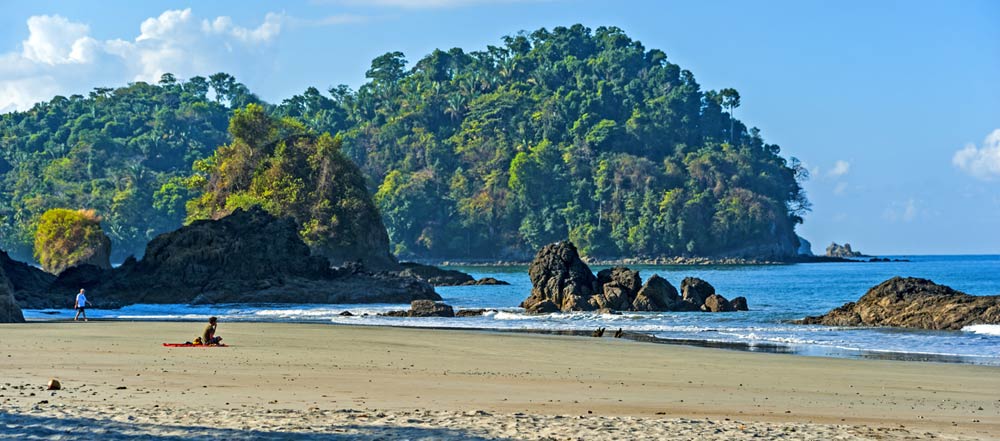Even before the pandemic, Costa Rica was seeing a rise in people traveling to, vacationing, and in some cases purchasing real estate in more under-the-radar destinations.
The amazing things about these destinations are they are sometimes untouched, pristine locations where you get a feel for what Costa Rica was like over twenty years ago, back in the 20th century before tourism took off.
Think friendly locals, most of whom are born and brought up in the area, less development, and pristine nature.
Manuel Antonio, Arenal, Jaco, and Tamarindo. These are destinations that are becoming well-known on the global tourism map. Places like Monteverde, Santa Teresa, and even the once well-forgotten southern Caribbean villages of Cahuita and Puerto Viejo are also slowly sneaking themselves into tourism fame in Costa Rica.
But Costa Rica still has many off-beaten-path destinations, delighting those who enjoy the more pioneering side of tourism. Here, we weigh in on some of the lesser known destinations in the land of Pura Vida.
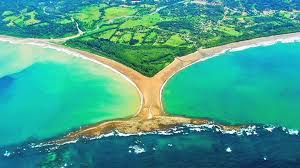
Uvita:
Located around 45 minutes south of Manuel Antonio, Uvita offers lush, primary rainforest hitting pristine beaches with waves to tempt the most avid surfers.
The Marino Ballena National Park dominates this part of Costa Rica, where the Central Pacific zone turns into the deep, remote south. Visitors here will find the famous Whale’s Tail natural formation, sticking out onto the ocean from the beach.
What’s Uvita’s more-crowded Costa Rica alternative?
Manuel Antonio.
Best places to stay?
Kura Design Villas, Hotel Three Sixty.
San Gerardo de Dota:
Birdwatchers know this location as a prime spot to find the resplendent quetzal, but San Gerardo de Dota has a lot more to offer.
This mountainous area on the other side of the Cerro de la Muerte is the birthplace of the famous Savegre River, which flows downhill for over 30KM, offering some of Costa Rica’s best rafting before it empties into the Pacific Ocean. The water is crystal clear here, full of fat rainbow trout and fly fishing opportunities.
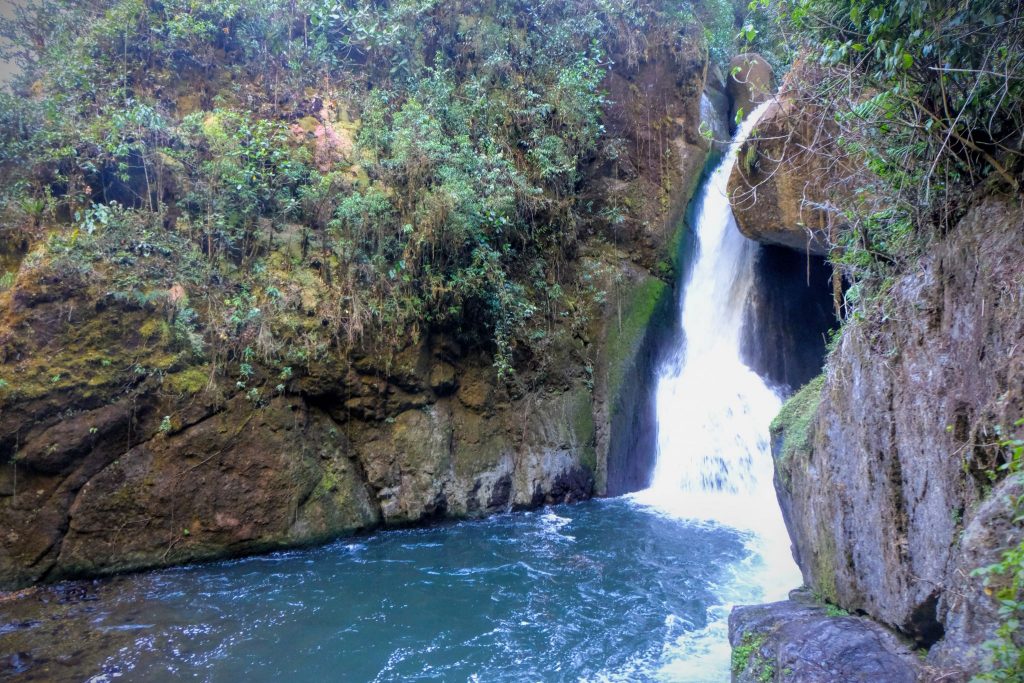
Hiking trails abound through the cloud forests, and if you seek a natural highland setting in Costa Rica, there’s no better place.
What’s San Gerardo de Dota’s more-crowded Costa Rica alternative?
Monteverde.
Best places to stay?
Trogon Lodge, Dantica Cloud Forest Lodge.
San Ramon:
It may not be totally geographically accurate, but we’re going to go macro when describing San Ramon. We’ll not only cover the town itself, but that whole area of Costa Rica to the northwest of the Central Valley, from San Ramon itself over to the Bajos del Toro and the Juan Castro Blanco National Park.
This is an area of pure rural Costa Rica, complete with quaint agricultural towns, coffee plantations, virgin rainforests, and waterfalls galore.
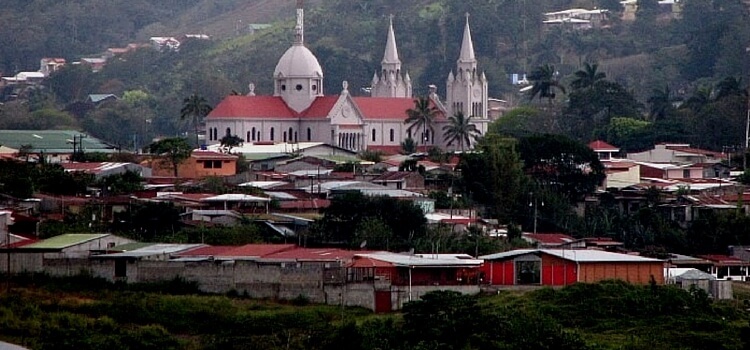
It also makes a nice stop between San Jose and the Arenal Volcano area, or San Jose and the beaches of Guanacaste. This whole part of Costa Rica represents another time, a softer, gentler time when pura vida really meant something.
You won’t find many tourists around here either, they’re all hiking and chasing waterfalls elsewhere, leaving you to do all that alone amid spectacular surroundings.
What’s San Ramon’s more-crowded Costa Rica alternative?
Monteverde, Arenal, the Central Valley
Best places to stay?
Villa Blanca Cloud Forest Hotel, El Silencio Lodge
Southern Nicoya Peninsula:
The southern Nicoya Peninsula is up and coming. The surf town of Santa Teresa is probably Costa Rica’s coolest hot spot at the moment, attracting tourists and expats alike to its pristine beaches.
But head out of there, north (if you can – the roads are rough) up the coast and you’ll find another world. Between Santa Teresa in the south and Playa Samara in the north, there’s a long, long stretch of coastline little visited by mainstream tourists.
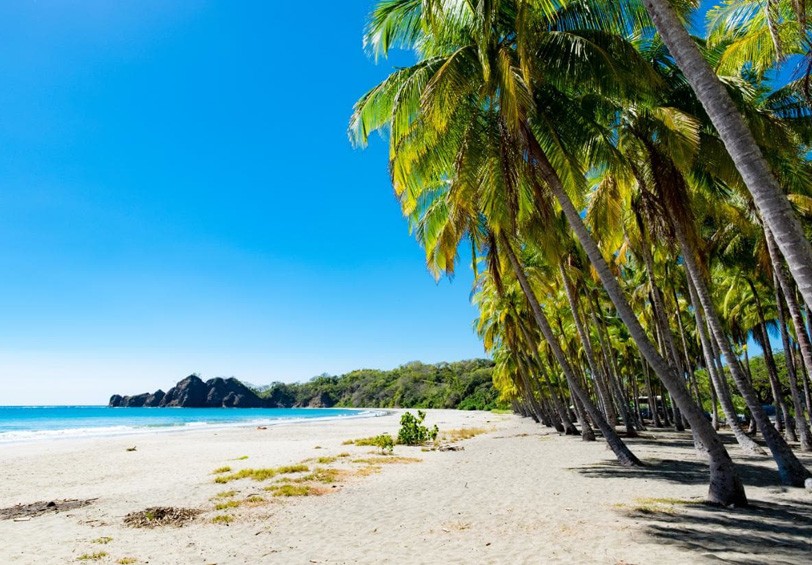
This part of Costa Rica is full of secret surf spots only accessible along potholed roads and through river fords you can only manage with an four-wheel drive. Not many people venture out here apart from the most adventurous.
You won’t find many places to stay over here, we’re talking surf camps and a backpackers hostel here and there, or a real camp, like with a tent.
But those who make the effort will find their reward in the form of uncrowded, massive beaches like Playa Coyote or Playa Ario. They’ll find salty days and some of the best sunsets they’ll ever experience. This is Costa Rica beachlife at its most real and will surely change very soon once the developers come in.
What’s the Southern Nicoya Peninsula’s more-crowded Costa Rica alternative?
The Gold Coast beaches of Guanacaste
Best places to stay?
Piedras Blancas National Park:
If you’re coming all the way down this far south in Costa Rica, chances are you’re heading for the Osa Peninsula and the world-famous Corcovado National Park.
There’s nothing wrong with that, the Osa is beautiful and holds some 2.5% of the planet’s biodiversity. Plus, you’ll find some of the best eco lodges in the world.
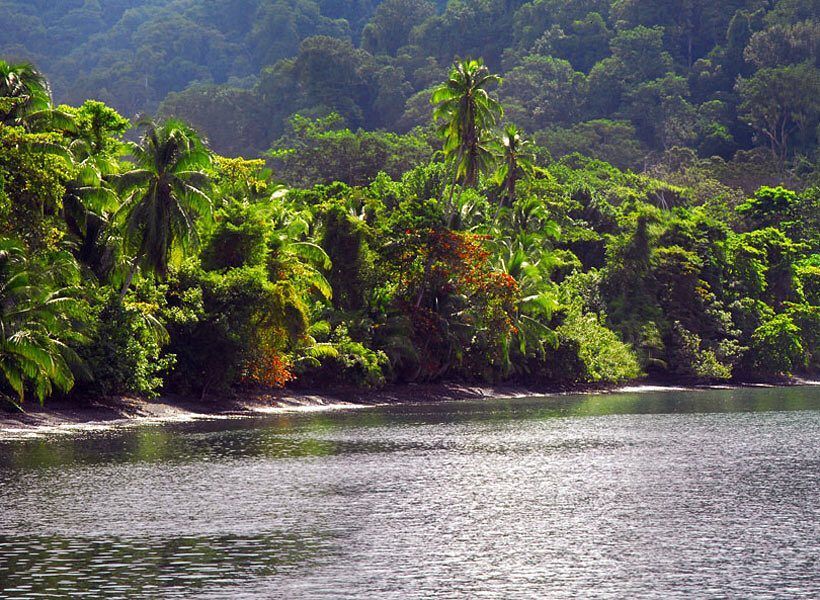
But we’d ask you, while you’re here, to cast your eye across the Gulfo Dulce to the mainland, north of Golfito, where you’ll find the absolute pristine Piedras Blancas National Park.
This park has everything Corcovado has except for people. Virgin rainforests meet the tranquil waters of Golfo Dulce, home to dolphins and where humpback whales come to breed twice a year. Piedras Blancas is unassuming next to its more well-known neighbor and that’s what makes it so special.
For a pure rainforest experience, Piedras Blancas can’t be beaten.
What’s Piedras Blancas’ more-crowded Costa Rica alternative?
The Osa Peninsula/Corcovado National Park
Best places to stay?
These are only five lesser known spots in Costa Rica for travelers to visit once this pandemic is in the rear view.
There are plenty more places you haven’t heard of yet, but should have in this beautiful country, plenty more places to surprise you.
Even if you’re coming down and staying in some of the more famous areas, you’ll still have a great time, but please, if you can, see about venturing off-piste a little to check out a whole new country.
You won’t regret it.

